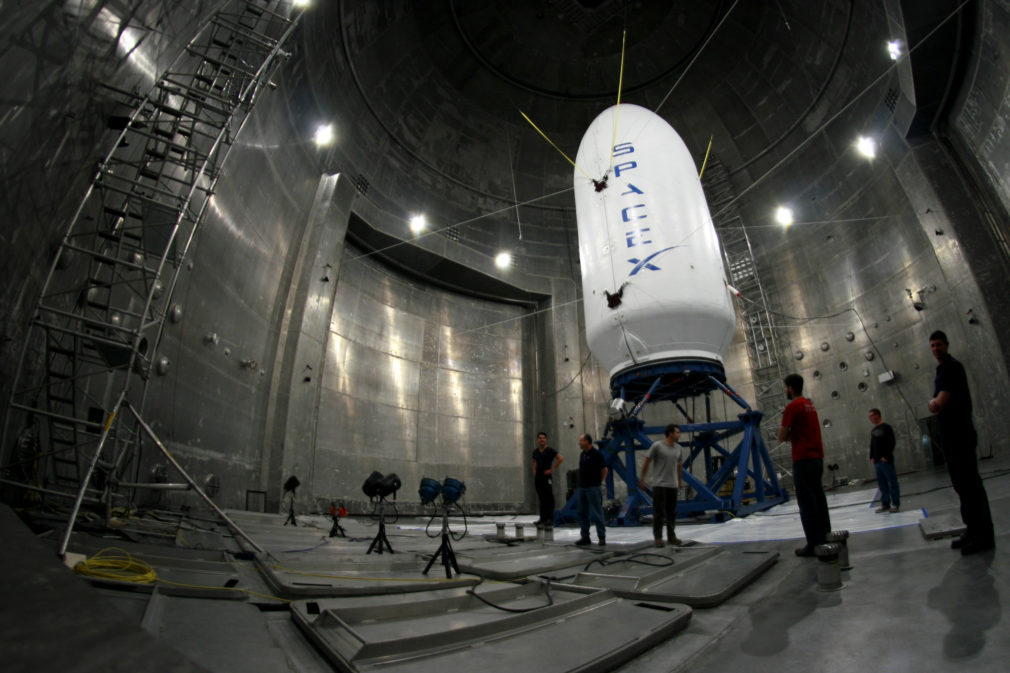SpaceX’s Starship has taken to the skies once more as the company successfully completed a test flight of most powerful launch vehicle ever built on Thursday, June 6. During this test flight – its fourth to date – the Starship also achieved key objectives, main being landing it back in a touchdown in the Gulf of Mexico. The launch occurred from the private Starbase facility in Boca Chica, Texas, at 8:50 AM ET. The objectives of the test flight were simple: bring the Super Heavy booster back to Earth and achieve a controlled reentry of the Starship.
Despite being only the fourth attempt to reach orbit, the launch was notably smooth, with just one of the 33 Raptor engines on the Super Heavy booster failing. The launch also included SpaceX’s “hot-staging” separation technique, where the engines on the upper stage ignite while still attached to the booster to assist in pushing it away. Additionally, the test successfully jettisoned the hot stage ring, reducing the booster’s weight for its return journey. Following a successful separation approximately 2.5 minutes after liftoff, the Super Heavy booster executed a landing burn and completed a controlled splashdown in the Gulf of Mexico.
Super Heavy has splashed down in the Gulf of Mexico pic.twitter.com/hIY3Gkq57k
— SpaceX (@SpaceX) June 6, 2024
About an hour after launch, the Starship upper stage followed suit, surviving the extreme conditions of reentry and splashing down in the Indian Ocean. The most critical phase of the mission arrived with Starship’s re-entry into the Earth’s atmosphere. This test aimed to replicate the conditions the spacecraft would face during an orbital flight, pushing the heat shield to its limits. Thankfully, the upgraded heat shield system performed admirably, even as SpaceX intentionally pushed its limits by removing some tiles.
SpaceX CEO Elon Musk harped upon the importance of these tests in overcoming the remaining challenges, particularly related to the heat shield. “Despite the loss of many tiles and a damaged flap, Starship made it all the way to a soft landing in the ocean,” Musk shared on a post on social media. This successful test follows a series of incremental improvements since Starship’s first orbital test flight in April 2023, which ended in a mid-air explosion. Each subsequent flight has built on the lessons learned from previous tests, achieving greater milestones each time. For instance, the third test in March marked the first time Starship reached orbit and included testing critical systems for payload delivery.
The success of this fourth test flight is a significant step toward SpaceX’s broader objectives. The Starship system is designed to carry heavier versions of SpaceX’s Starlink satellites, deliver astronauts to the Moon for NASA, and eventually support human missions to Mars. NASA has already awarded SpaceX a multibillion-dollar contract to use Starship as a crewed lunar lander for its Artemis program. It is also designed to be more powerful and significantly more cost-effective than the workhorse Falcon 9 rocket, and its reusability is a game-changer. Unlike traditional rockets with expendable stages, Starship is designed to return to Earth and be relaunched, dramatically reducing launch costs and increasing mission frequency. This reusability also opens doors to a wider range of space missions.





